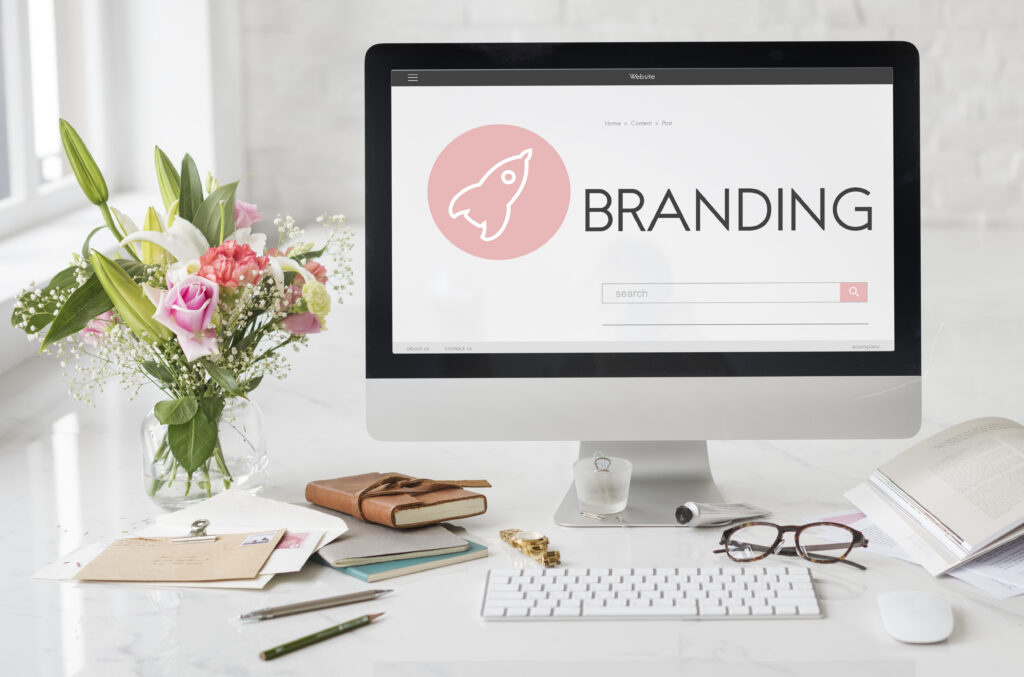What does it take to turn a vision of fashion into a thriving brand? Beyond the creativity and allure of textiles lies the backbone of success: a robust business strategy. Launching a fashion brand is akin to crafting a tapestry of dreams and strategic thought.
It’s about bringing your dream to life as fashion that doesn’t just catch the eye but also strikes a chord with the people you’re aiming to impress in your business. We’ve mapped out a strategy to ignite your creative spark and help your fashion brand stand out in a sea of competitors.
Understanding Your Business Market

Before diving into the fabric bins to start a clothing brand, step back and survey the landscape. In your business, who are you designing for? What void does your brand fill in the market? Answering these questions is crucial.
- Identify Your Target Audience: Define who your designs will speak to. Is it the eco-conscious millennial or the luxury-loving baby boomer? Be specific.
- Analyze Competitors: Look at brands occupying your space. What are they doing right? Where do they stumble? Learn from both.
- Spot Trends and Gaps: Fashion is as much about timing as it is about style. Spotting trends and, more importantly, gaps in the market can position your brand as a go-to for something missing.
- Consumer Behavior Insights: Understand the motivations behind your target market’s purchasing decisions to tailor your offerings accordingly.
- Market Positioning: Decide how you want your brand to be perceived in the broader market context. This involves pricing, quality, and brand image considerations.
- Brand Differentiation: Find and emphasize what sets your brand apart from competitors. This could be design, sustainability practices, or unique materials.
- Understanding Your Value Proposition: Clearly articulate your brand’s unique value to its customers. This clarity is critical to compelling marketing messages.
- Segmentation Strategies: Consider segmenting your market to target specific groups more effectively. Tailored marketing approaches can lead to higher conversion rates.
Crafting Your Brand Identity

Your brand is more than your logo and color scheme; it’s your fashion brand’s soul. It’s what makes your brand memorable and a beacon for your target audience.
- Define Your Brand Values: What does your brand stand for? Sustainability, luxury, affordability, or something else? Pin this down early.
- Create a Visual Identity: Include your logo, color palette, and typography. Ensure these elements resonate with your target audience and reflect your brand values.
- Voice and Tone: How does your brand communicate? Is it playful, serious, or inspirational? Your brand’s voice should be consistent across all channels.
- Brand Storytelling: Craft a compelling narrative around your brand. People connect with stories, not just products.
- Logo and Design Elements: Invest in a memorable logo and consistent design elements that can be used across all platforms.
- Packaging and Presentation: Consider how your product’s packaging and presentation reinforce the brand identity in your business.
- Brand Experience: Think about the overall experience you want customers to have with your brand, from discovery to post-purchase.
- Consistency Across Touchpoints: Ensure your brand identity is consistently represented across all customer touchpoints.
Designing Your Collection

Ah, the creative part! But even here, strategy plays a role.

